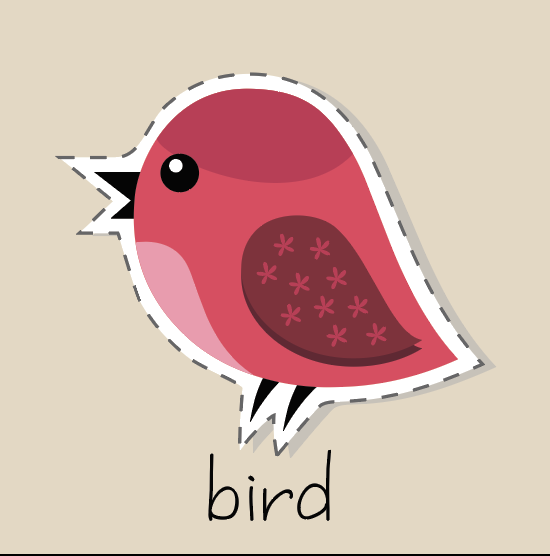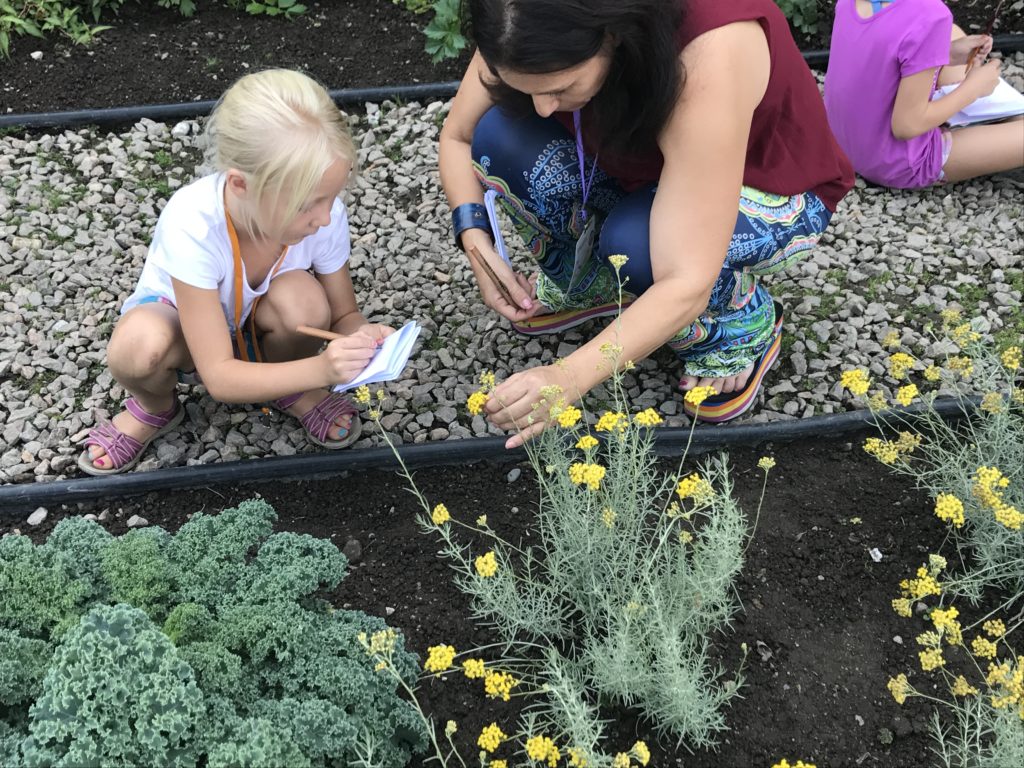
How-to Nature Journal with Kids Outdoors
Nature journals are unique to each individual owner; they’re composed of what inspires the artist, or in this case, kids. Usually, nature journals are a variety of artistic expressions based on the natural objects students see outdoors, including:
- Observation notes
- Descriptions of experiences
- Simple diagrams
- Simple sketches
Benefits of a Nature Journal
Keeping a nature journal strengthens students’ observational skills.
For instance, when kids know they’ll have to draw or record specific characteristics of nature, they’ll put care into taking a closer look at their subjects as well as noticing and memorizing details.
Nature Journaling requires kids to focus on, analyze, and record different parts of a biome. Each page can be dedicated to a different part of nature. Outdoor nature activities like art journaling can help students become naturalists who are more aware of and feel more responsible for their ecological footprints on earth.
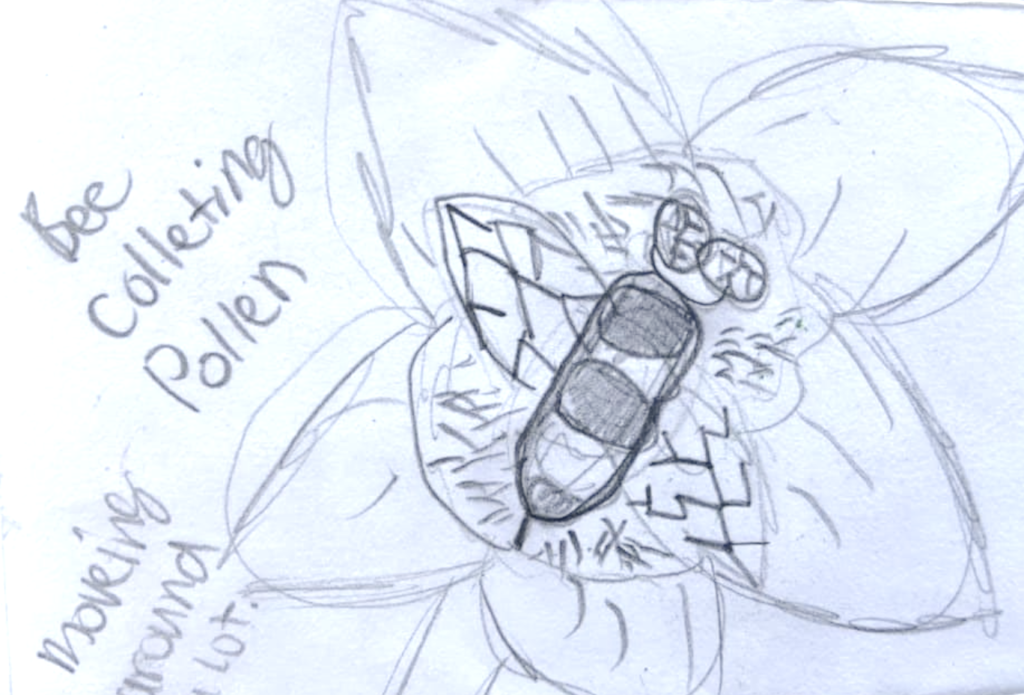
Where to Start: With Outdoor Nature Journals
You don’t need very many materials to start outdoor nature journaling; it requires the same basic items you’d need to start general art journaling. For more information on the benefits of art journaling, and how to create an art/nature journal with your students, read last week’s post by clicking here.
Once your students have a journal to work with, the next step is going outside; they can head out to the schoolyard, their backyards, or even a park or nature trail, depending on when and where they’re completing this nature activity. Instead of letting them wander, ask them to focus on and sketch one object for 5 to 8 minutes (this helps sharpen their observation skills). Then direct them to move on to another object and time them again. Once they’ve observed and drawn a few different specimens, head back into the classroom.
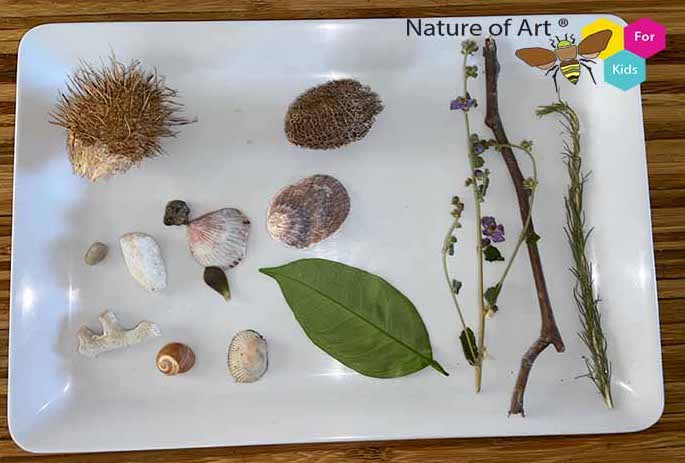
Before I take my students outside, I always remind them that they may only get a few minutes or even seconds to observe a specimen (especially animals and insects), so it’s important to observe and record details quickly. This will help them look up the correct information and do more research later; knowing how to observe and take notes can help put the pieces of the puzzle together once they’re back inside the classroom and can clean up their drawings.
It’s important to let kids know nature journaling is about recording details—not creating perfect drawings. The key is to collect enough information quickly in pencil, with detailed observational notes. After they’re done observing and doing additional research, they can update their field notes and finalize their drawings with more details, colors, and descriptions.
Naturalists, botanists, and book illustrators (artists) use this same observation and drawing techniques; they go outdoors to observe, and collect and record information, then, at a later time, they finish their journal pages with detailed sketches in color pencil or watercolor paint. They also fill in the gaps by doing further reading and research.
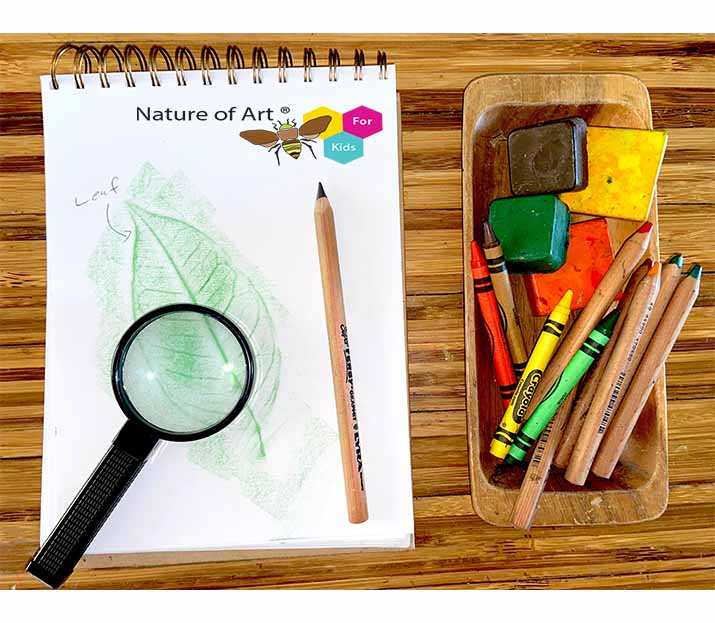
Outdoor Kids Nature Journal Prompts
While I encourage you to do a few “trial runs,” and give your students the freedom to observe and record whatever interests them, eventually you want them to complete and create more focused nature observations.
Every time students go out to fill in their nature journals, I ask them to record:
- The date
- The start and end time of their observations
- The location where they’re observing
- The atmosphere (dry, humid, etc.) and temperature
- A description of the outside landscape
- How they were feeling that day
You can also ask them to make observations using their sensory system. Ask them to record the answers to these questions:
- What do you smell?
- What do you hear?
- What do you see?
- How do things feel to the touch?
Other How-to Nature Journal with Kids Outdoors
- Recording a species, include:
- General name of species
- Size
- Color
- Unique features
- Describe their actions
- Any noticeable patterns or textures
- Observe the seasons
- Observe feelings and experiences
- Observe interesting non-living objects
- Observe plants
- Observe states of matter
- Observe local micro-biomes
- Observe things in the sky, things in the grass, and/or things in the water
One Step Further: Outdoor Nature Journal Checklist
